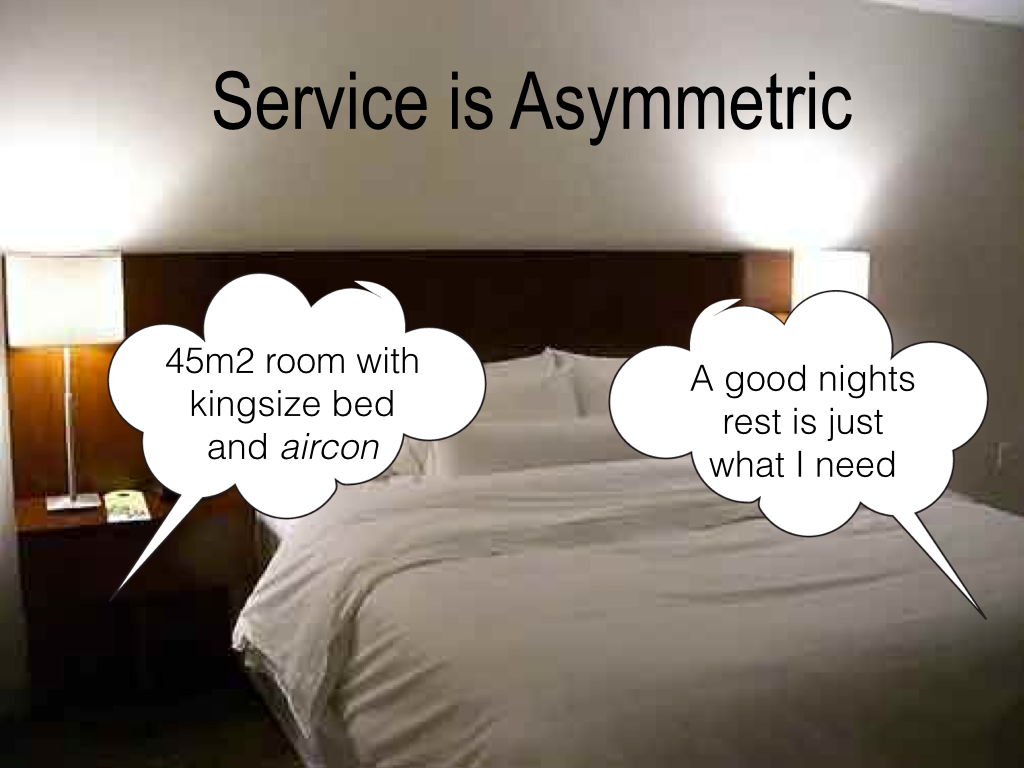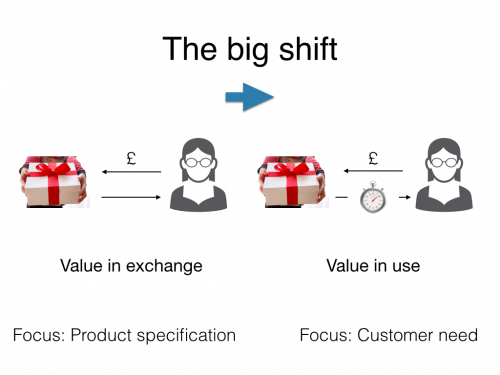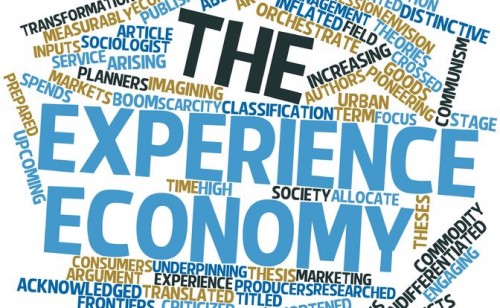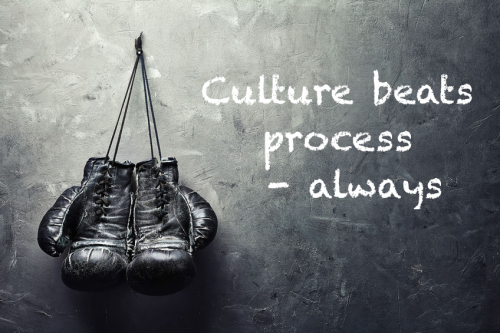In my previous blogposts, we started looking at this whole concept that we have labeled “The Experience Economy” and why the shift towards a service-dominant logic is raising the bar for everyone involved in service.
So, if we can agree that there is a shift from focusing on goods to focusing on needs, we need to spend some time understanding the concept of needs as seen from the consumer’s perspective.
Many hotels, restaurants, or other traditional service providers forget that they are in the needs business and fall in love with their own products. They mistakenly think that it is the product the consumer is actually interested in and do not understand that the product is just a translation of their needs into something more tangible.
Loving the product and missing the need is also what happens every time a company or industry is disrupted. The needs shift or someone sees a totally different way to fulfil those needs – and titans of industry get washed away. Kodak never believed for one moment that we would ever drop Kodachrome and replace it with pixels.
Services are Asymmetric
So, when we look at the nature of services, it is important to remember that there is this phenomenon of asymmetry – what you sell and what the consumer buys are often two very different things. If you are an airline, you will have a tendency to think of your product as Seat 7A on Flight AB1234. That is what you have sold to that passenger. But the passenger doesn’t think of it that way. What they have purchased is transportation from A to B. That is the need they have.
If you take the restaurant industry, you don’t go to a fine dining restaurant because you are hungry. The restaurant may see itself as providing food and drink…that is its product. But, you are presumably there for something completely different. Something that has to do with atmosphere, occasion, or whatever.
In the hotel industry, they see themselves as providing you a room with certain specifications. But in many cases, you are not in that market for that product specification. You are in the market for a good night’s sleep…that is your need. If the ventilator on the ice machine rattles all night and prevents you from sleeping, then all the beautiful treats and frills in your room are not going to help one iota – you will hate the experience.
So, in that way, traditional service providers also need to make sure that they don’t fall into the trap of seeing themselves as product providers fixated by their own product specifications, to the extent that they forget about what the need is that they are supposed to fulfill.
Now, the problem this surfaces is that needs are deeply personal, subjective, and situational. So, when the travel industry talks about pax – we have 50 pax next week and then 200 pax on that flight – or the restaurant industry talks about covers – we will be doing 145 covers for dinner and then 85 covers for lunch – it is an insult to the individuality of their customers.
What pax and covers implies is that they are all the same – a flock of sheep that all need a standard shearing.
In the next blog post, we will take a closer look at how we can get better at understanding what needs are all about and maybe, more importantly, how to better get a grip on the fact that different people have different needs
– welcome to the age of mass-customization.



